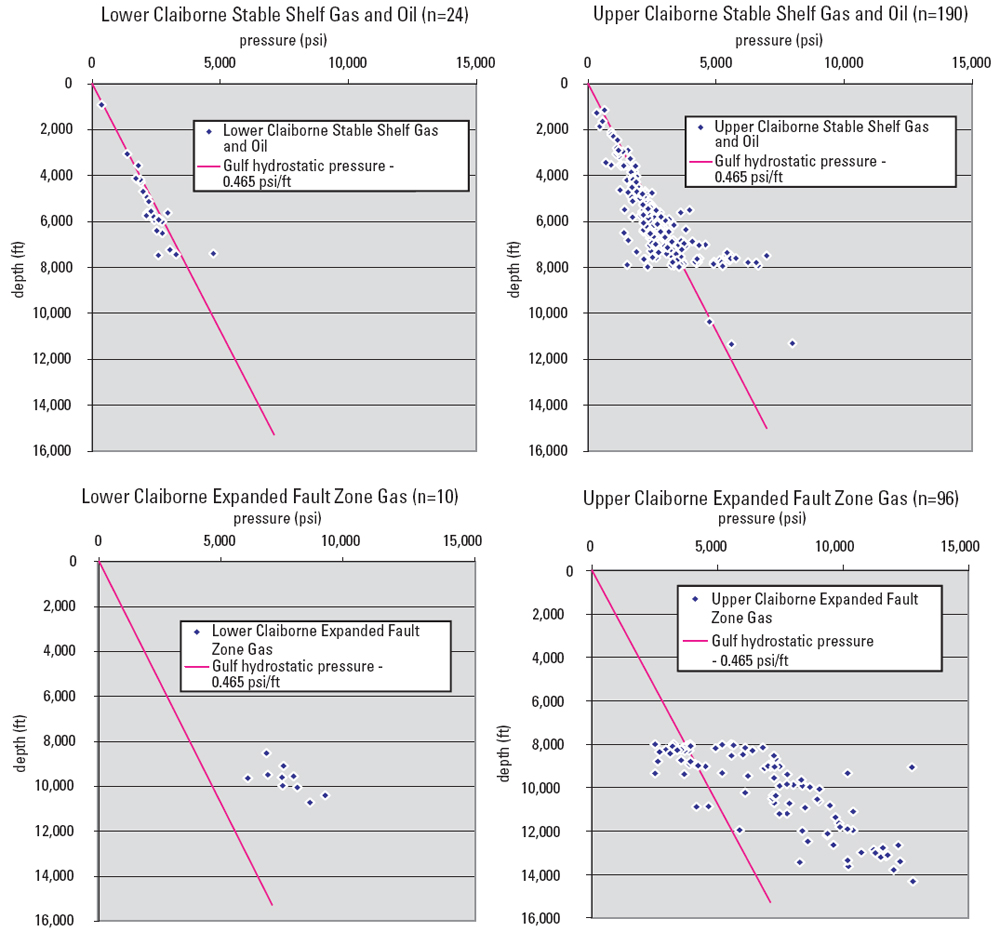

However, to the best of our knowledge, no studies have directly evaluated the ligamentous mechanical properties of DS patients in any joint, including the cervical spine. In most of the literature about the aforementioned joint pathologies, ligamentous laxity is implicated as contributing to, if not exclusively explaining, the pathophysiological process leading to joint instability. 5 At present, the risk factors for development of symptomatic craniovertebral instability are unknown, but further investigation of the fundamentals of this pathology may elucidate those risk factors. 1–4 Cervical spine instability typically presents during childhood in DS patients. Hip instability is reported to occur in 1.3%–7.0% of patients, patellofemoral instability in 10%–20%, and cervical spine instability secondary to increased motion at the atlantooccipital and atlantoaxial joints in 8.5% and 15%, respectively. Among the many manifestations of DS, joint instability is relatively common. D own syndrome (DS), or trisomy 21, affects an estimated 200,000 families in the United States and has an incidence of around 1:700–1:1200 live births.


 0 kommentar(er)
0 kommentar(er)
